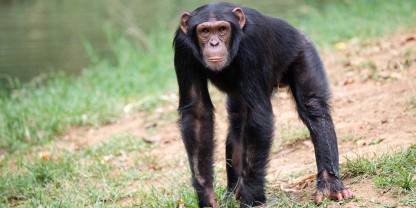Gishwati Forest offers great birding. More than 150 species have been recorded so far. Approximately 20 of these are Albertine Rift endemics. With a good birding guide who knows the calls, you should be able to mark off many lifers here. You’ll easily spot the great blue and Ruwenzori turacos, and you’ll probably pick up some of the colorful sunbirds too. Also look out for the handsome francolin scurrying away in the forest undergrowth. The birding in Mukura Forest looks very promising, but there are currently no trails yet.
Birding Specials Treats for Avid Birders
(ARE) Albertine Rift endemic = only lives in the Albertine Rift- African hill babbler
- Albertine boubou
- Archer’s robin-chat (ARE)
- Blue-headed coucal
- Blue-headed sunbird (ARE)
- Cinnamon-chested bee-eater
- Dusky crimsonwing (ARE)
- Grauer’s swamp warbler (ARE)
- Grauer’s warbler (ARE)
- Handsome francolin (ARE)
- Kivu ground thrush (ARE)
- Lühder’s bush-shrike
- Mountain buzzard
- Mountain masked apalis (ARE)
- Narina trogon
- Purple-breasted sunbird (ARE)
- Red-chested flufftail
- Red-faced woodland warbler (ARE)
- Red-throated alethe (ARE)
- Regal sunbird (ARE)
- Ruwenzori apalis (ARE)
- Ruwenzori batis (ARE)
- Ruwenzori double-collared sunbird (ARE)
- Ruwenzori nightjar (ARE)
- Ruwenzori turaco (ARE)
- Scaly-throated honeyguide
- Strange weaver (ARE)
- Stripe-breasted tit (ARE)
- Willard’s sooty boubou (ARE)
- Yellow-eyed black flycatcher (ARE)
Best Time for Bird Watching
The birding in Gishwati-Mukura National Park is good throughout the year. The best time is from January to June when birds are most vocal. Keep in mind though that April tends to be very wet, so birding activities are more likely to be interrupted by rain and trails tend to be very slippery.

